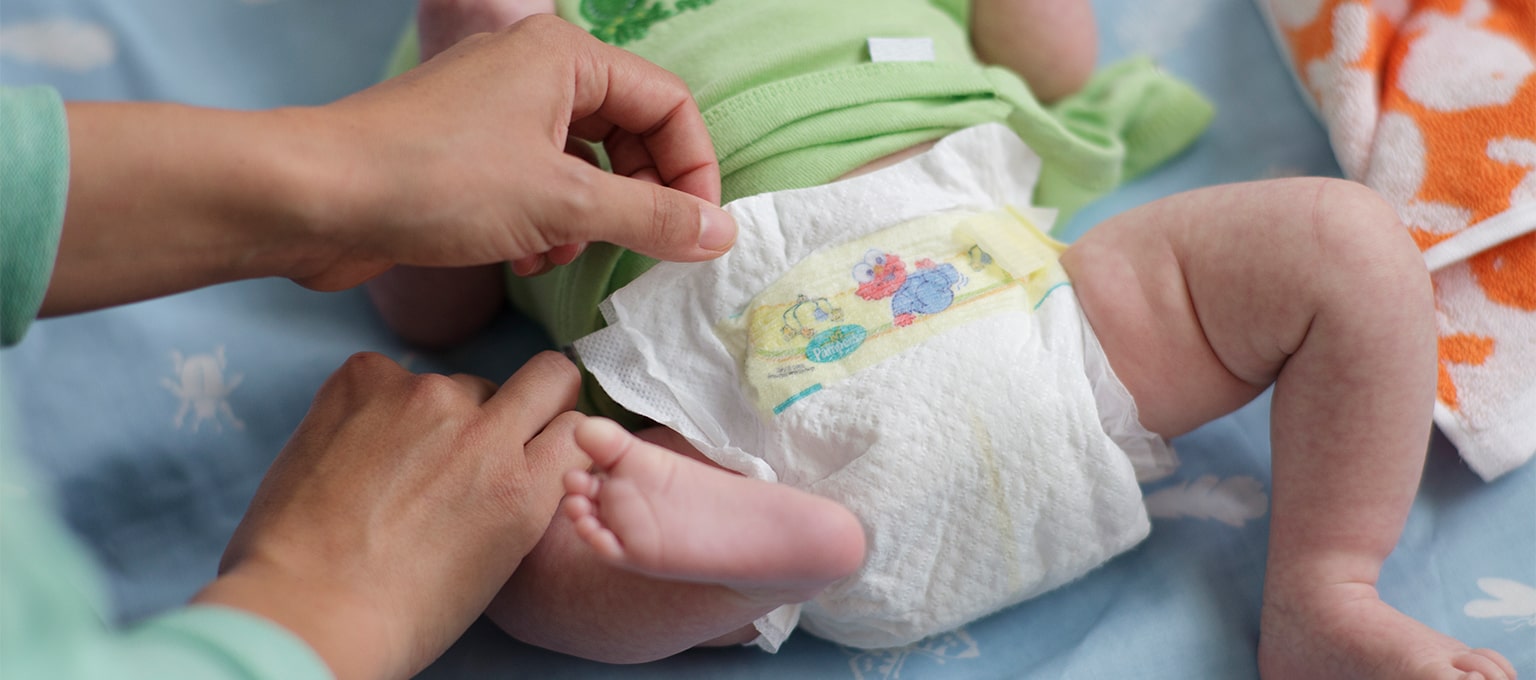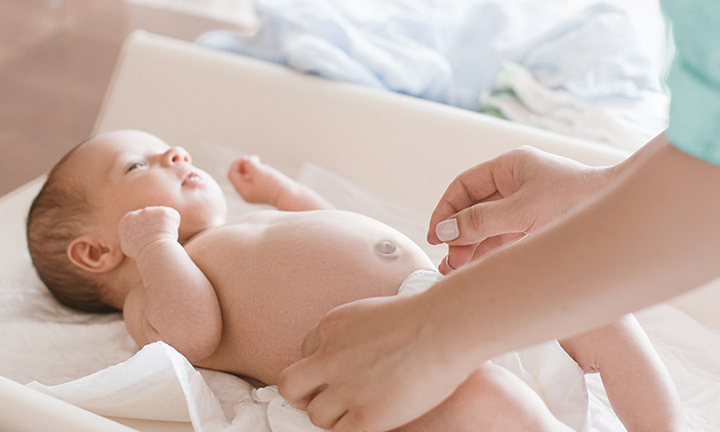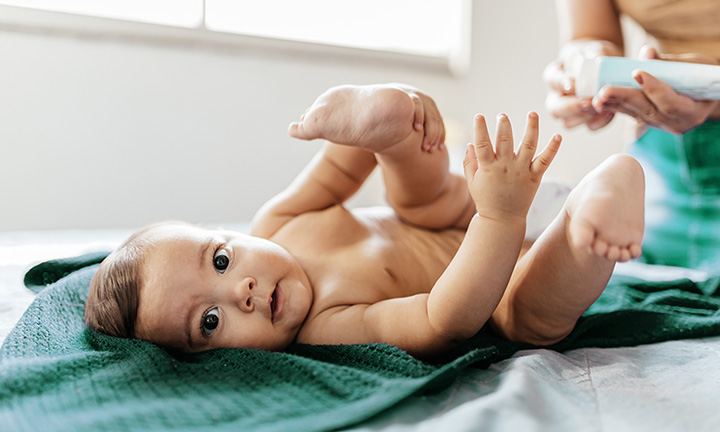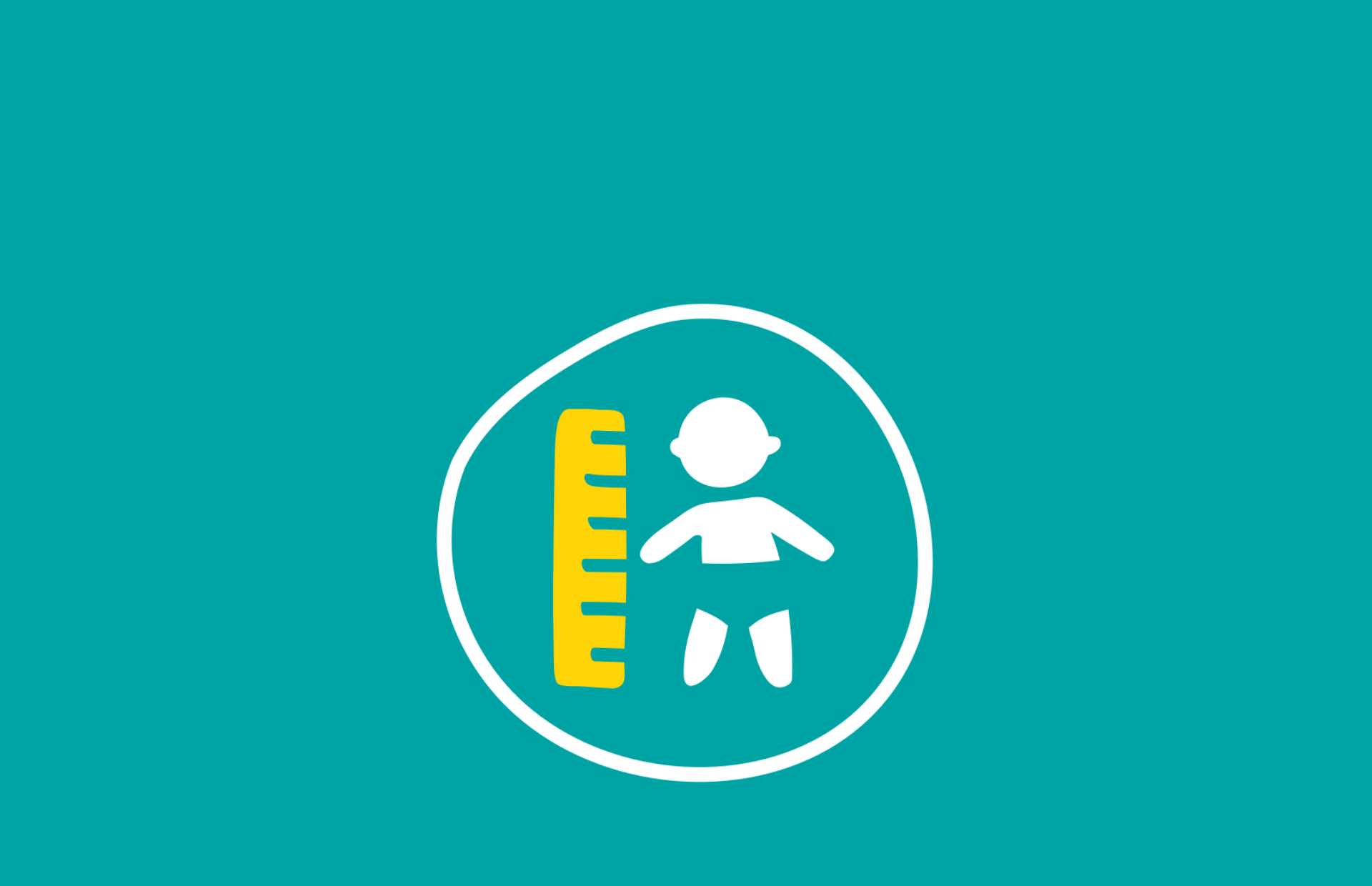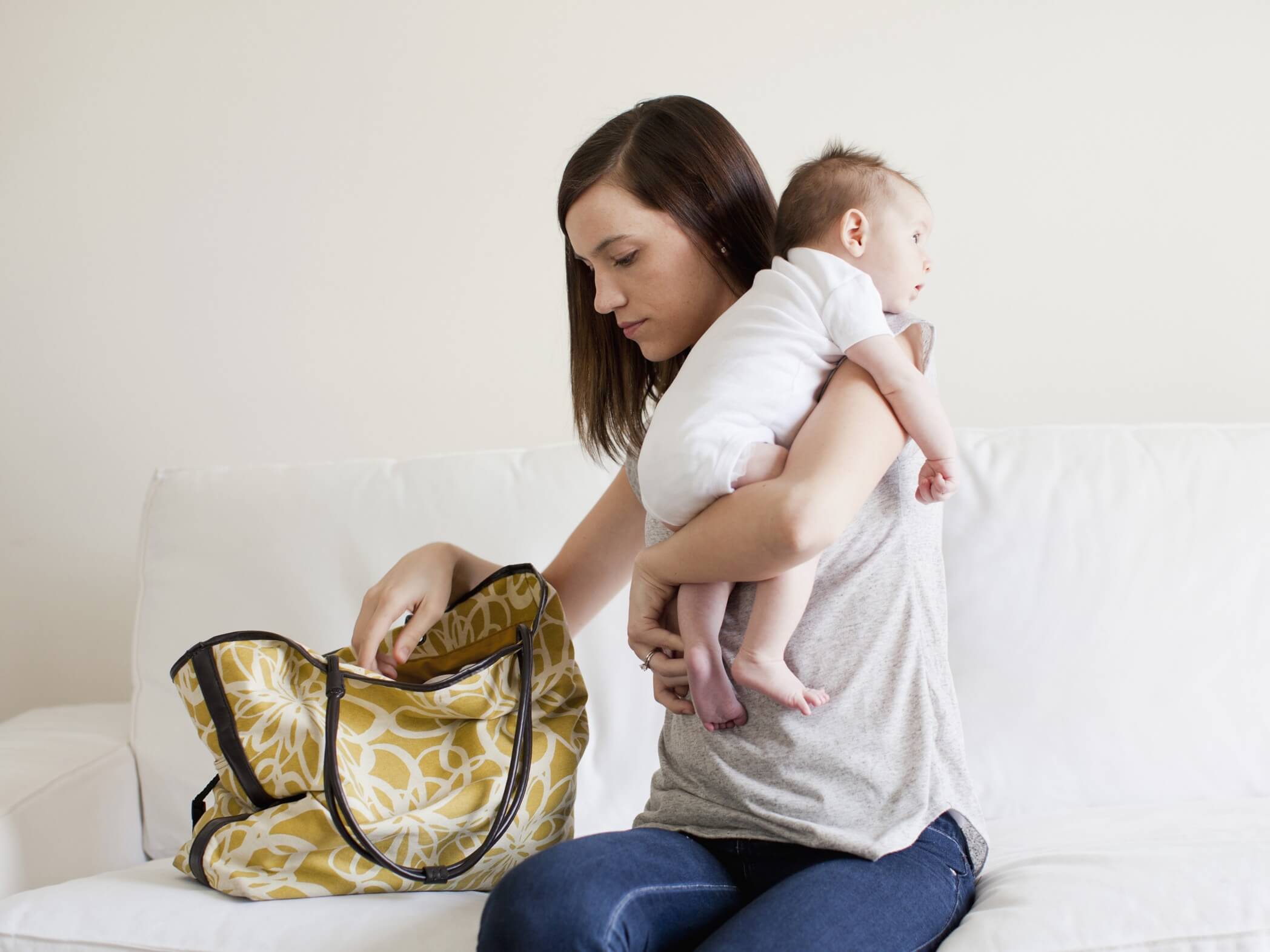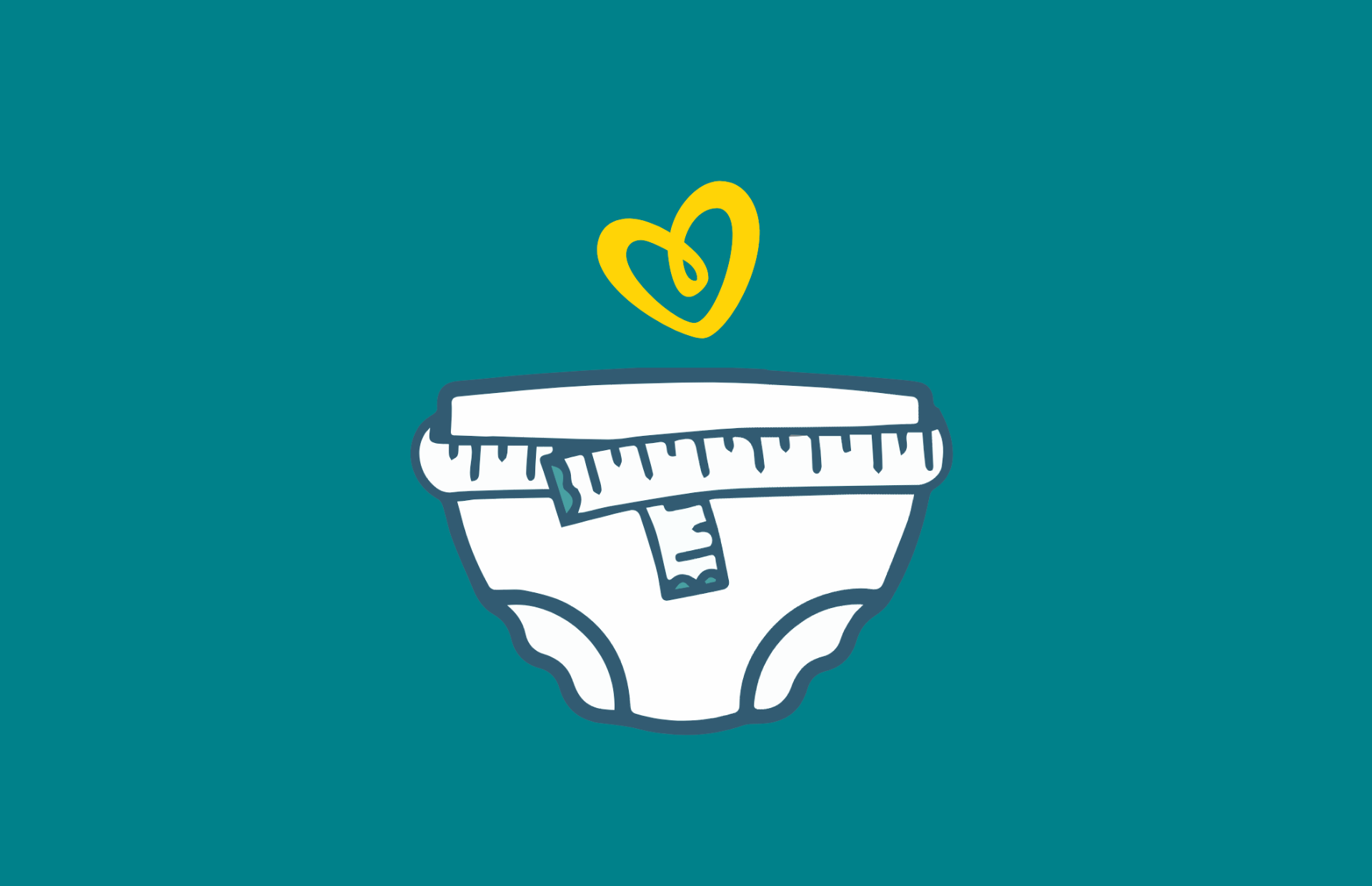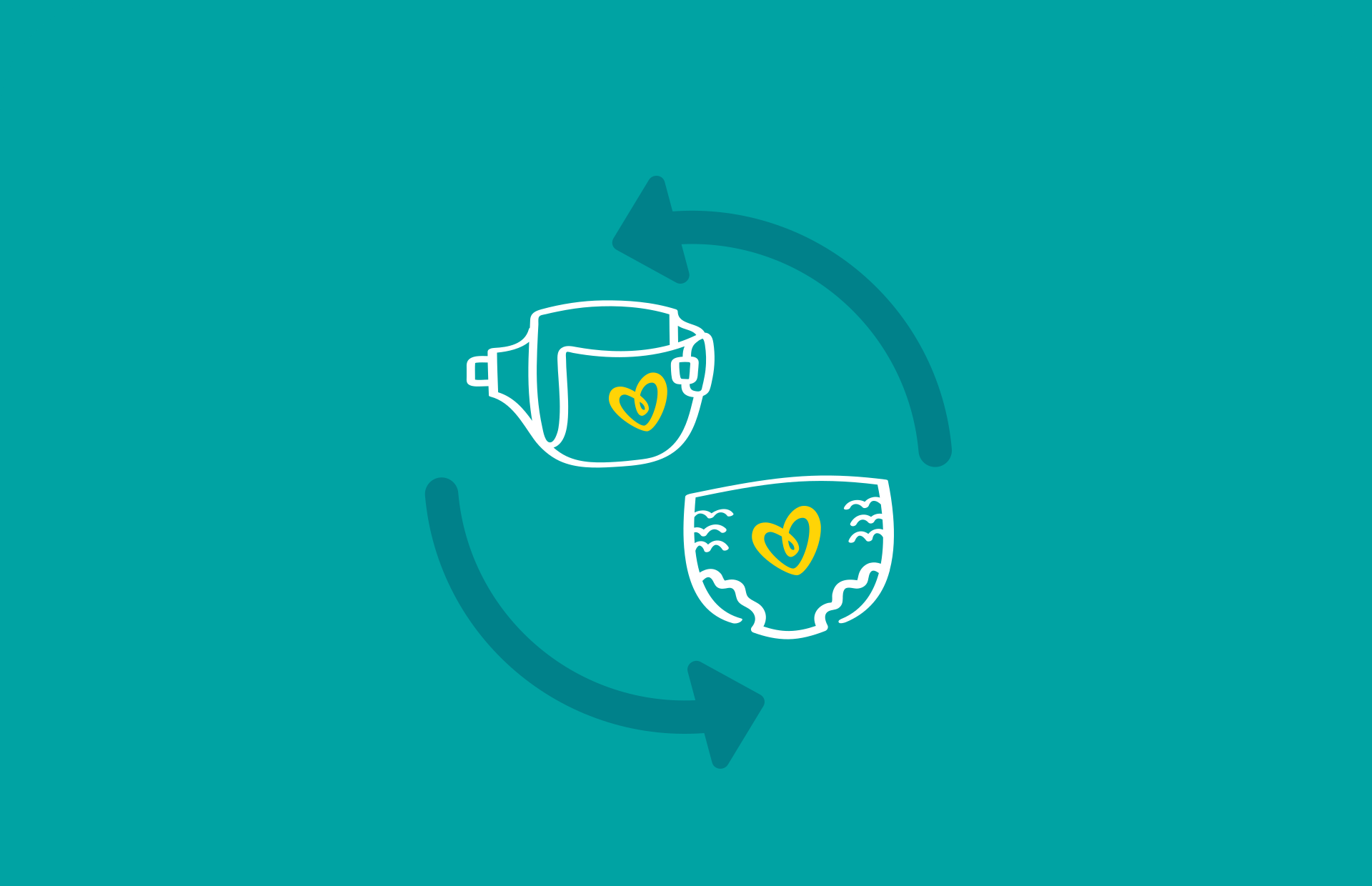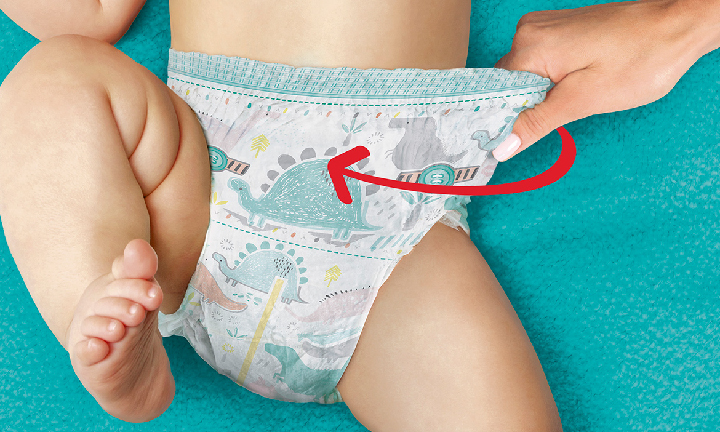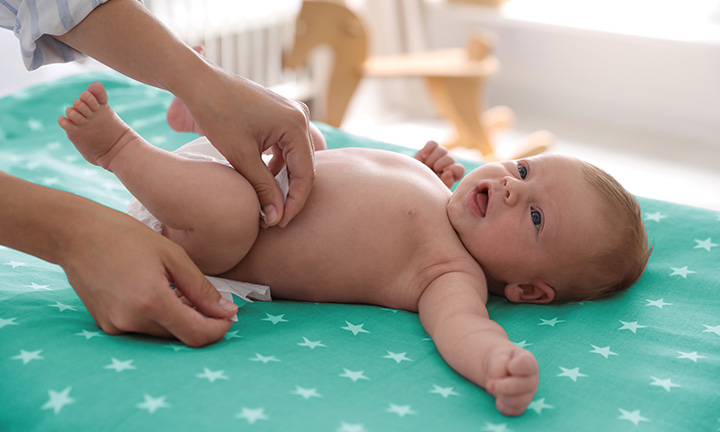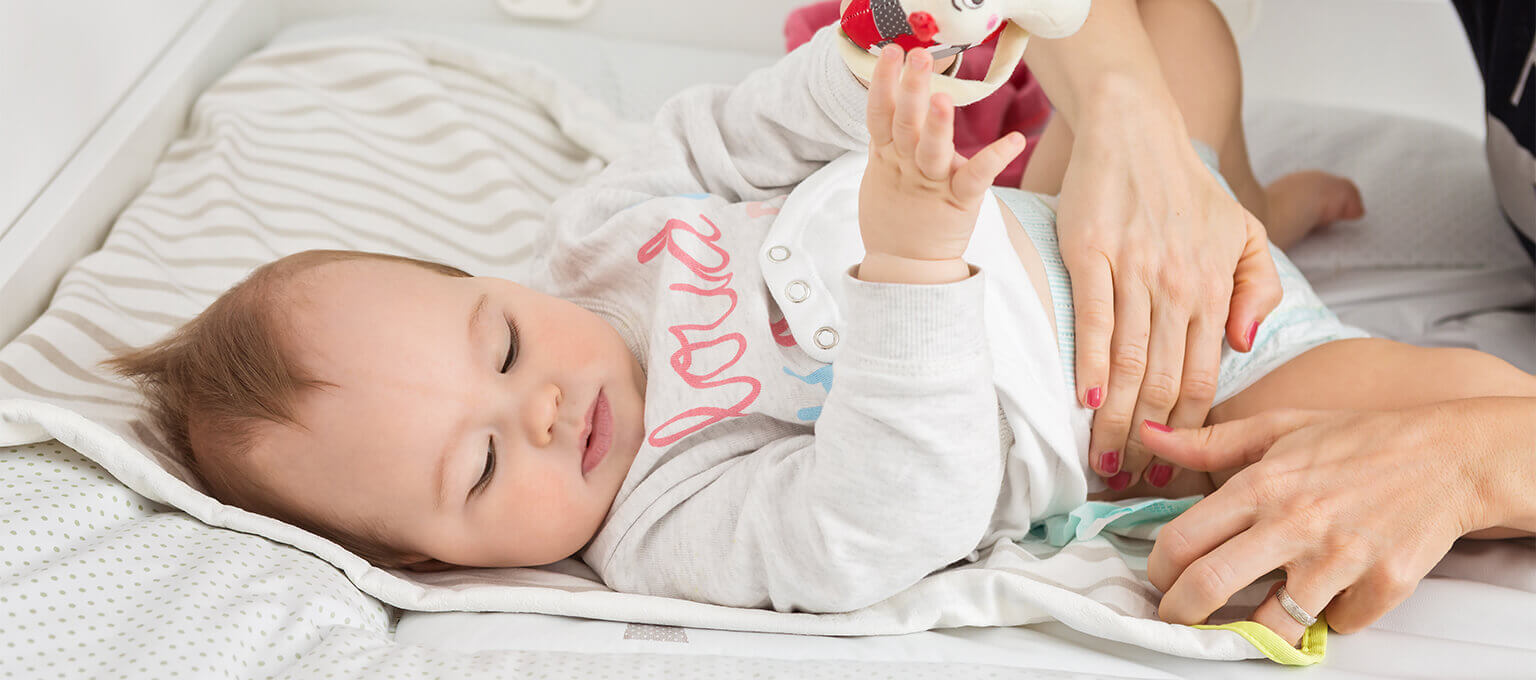
Baby poop is probably something you were expecting to deal with, but did anyone tell you how varied the contents of your little one’s diapers could be? Runny or firm, black, green, or yellow—even mucus in your baby’s poop can be part of the adventure. Those diaper changes are, of course, a regular part of your daily routine as a parent, but they can also help you keep an eye on your baby’s well-being. Learn what the color, consistency, and frequency of baby poop can tell you about your baby’s health and development.
Your Baby’s Poop — What’s Normal?
You might be wondering what healthy baby poop should look like. It’s a fair question, because the color and consistency of your baby’s poop changes over time depending on various things, especially what your baby is eating.
Here’s a rough guide to what you’re likely to find in your little one’s diapers over the first few days, weeks, and months after your baby is born.
Meconium
Your baby’s first few diapers will likely contain a gooey, dark-green, tar-like substance, with hardly any smell. This is called meconium.
This is a distinct type of poop made up of things like mucus, skin cells, lanugo hairs, and other particles your baby swallowed, along with the amniotic fluid, while still in the womb.
It takes a few days for your little one to pass all the meconium out of their system, but as this happens, they’ll start to have regular baby poops. The color will shift from being almost black to a yellowy green and there may be less mucus present. Speak to your baby’s healthcare provider if your baby’s first bowel movement doesn’t happen within the first 24 hours after birth.
Regular Baby Poop
Once the meconium is out of your baby’s system, their regular poop can vary a lot, depending on how they’re being fed. Here is what you’ll probably find in your little one’s diapers:
Breastfed babies
If you’re breastfeeding your baby, their stools in the first few months may look a little like Dijon mustard, with a slightly runny consistency, and possibly with whiteish, seed-like fat particles. A little bit of mucus in baby poop is normal, too. The color of your baby’s poop may also change depending on what you’re eating. For example, if you eat green vegetables like spinach, you might see a green tint in the contents of your little one’s diapers.
Formula-fed babies
If your baby is getting their nourishment from formula, their poop won’t usually be as runny as that of a breastfed baby. It will have a more paste-like consistency (although it shouldn’t be firmer than peanut butter) and a darker yellow or tan color.
Babies in the weaning stage
When you start introducing solid foods to your little one, which is recommended from around 6 months, you’ll start to see (and smell!) some major changes in the contents of your baby’s poopy diapers. Their stools will get firmer, and the color will vary more widely, too.
If your child is eating finger foods, you might see undigested bits of food like the skins of peas or tomatoes.
This is because your little one’s digestive system is still getting the hang of processing all these new foods.
In Summary
Your baby’s first poops after birth will resemble black tar and will contain particles they swallowed along with amniotic fluid inside the womb. It’s common to find mucus in baby poop at this stage and as it takes on a more regular brownish look. However, there are few possible differences: If you breastfeed your baby, the poop may look yellow and runny like mustard. If you feed with formula, the poop may be tan and pasty like peanut butter. After you begin introducing solid foods, the way the poop looks may vary depending on what your baby eats.
Related diapering tool
Diaper Size Calculator
Find out your baby's diaper size, how many diapers you'll need per day and for how long:
How to get the best diaper deals
Who doesn't want to save $1, $5, or even $10 on a pack of diapers? Did you know with the Pampers Rewards Club App you can earn exclusive offers and digital rewards on Pampers diapers and wipes? You can redeem up to $30 Pampers Cash at your favorite retailer! Imagine the savings after a year of Pampers! Get started here.
What the Colors of Baby Poop May Mean
You might be surprised by a change in the color of your baby’s poop, which can range from the mustardy hues of breast-milk poop and the yellow-tan of formula-fed baby poop to various other shades of yellow, brown, and even green. You might also find mucus in baby poop, which can create a translucent or milky coloring.
.png)
Green Baby Poop
Green poop can be alarming the first time you see it, but it’s usually harmless. All sorts of things can cause it, from certain medicines (taken by your baby, or by you if you’re breastfeeding) to green foods eaten by your baby directly or passed on through your breast milk. Sometimes, what you see is simply a product of your little one’s normal digestion.
Generally, all the earth tones (yellow through green and brown) are OK, but if you ever need reassurance about the color of your baby’s poop, don’t be shy about reaching out to your baby’s healthcare provider for advice.
Green poop can be alarming the first time you see it, but it’s usually harmless. All sorts of things can cause it, from certain medicines (taken by your baby, or by you if you’re breastfeeding) to green foods eaten by your baby directly or passed on through your breast milk. Sometimes, what you see is simply a product of your little one’s normal digestion.
Generally, all the earth tones (yellow through green and brown) are OK, but if you ever need reassurance about the color of your baby’s poop, don’t be shy about reaching out to your baby’s healthcare provider for advice.
Warning Colors
Certain colors of stool can be a sign of a possible health issue. Always check in with your baby’s healthcare provider if your baby’s poop is any of the following colors:

Red
Traces of red can be due to blood in your baby’s poop, so it’s important for your baby’s healthcare provider to investigate what might be causing it. Keep in mind, though, that there are plenty of harmless reasons for red poop. In a newborn baby, a little blood may have been swallowed during delivery. If you’re breastfeeding, it might be that your nipples are bleeding, and the blood is mingling with your breast milk. If your little one is eating solids, it could be a certain food, such as beets, coloring their poop red.
Traces of red can be due to blood in your baby’s poop, so it’s important for your baby’s healthcare provider to investigate what might be causing it. Keep in mind, though, that there are plenty of harmless reasons for red poop. In a newborn baby, a little blood may have been swallowed during delivery. If you’re breastfeeding, it might be that your nipples are bleeding, and the blood is mingling with your breast milk. If your little one is eating solids, it could be a certain food, such as beets, coloring their poop red.
.png)
Black
A black stool could, in some cases, be caused by blood, which may turn from red to black inside the intestines over time. It's important to know that very dark green poop can sometimes appear black. Green baby poop—even a dark shade of the color—is usually nothing to worry about. Meconium can also look black, and this isn’t a problem.
A black stool could, in some cases, be caused by blood, which may turn from red to black inside the intestines over time. It's important to know that very dark green poop can sometimes appear black. Green baby poop—even a dark shade of the color—is usually nothing to worry about. Meconium can also look black, and this isn’t a problem.
.png)
White or gray
Very pale white or clay-colored stools are very rare, but if you see poop this color in your baby’s diaper, call your baby’s healthcare provider, as it could be a sign of a liver condition that needs treatment.
Very pale white or clay-colored stools are very rare, but if you see poop this color in your baby’s diaper, call your baby’s healthcare provider, as it could be a sign of a liver condition that needs treatment.
Mucus in Baby Poop
As mentioned, mucus in baby poop is most often harmless and normal. Meconium almost always has it, and it’s not abnormal to find small amounts of mucus in your baby’s poop as they grow older and eat more varied foods. Mucus in baby poop is typically translucent or slightly milky in color. However, if mucus in baby poop is accompanied by other symptoms, this could be an indication of an infection or digestive issues. Symptoms to look out for include blood in the poop, diarrhea, high fever, loss of appetite, vomiting, and weakness. If you notice any of these symptoms, especially alongside mucus in your baby’s poop, contact your baby’s healthcare provider.
In Summary
Your baby’s first poops after birth will resemble black tar and will contain particles they swallowed along with amniotic fluid inside the womb. It’s common to find mucus in baby poop at this stage and as it takes on a more regular brownish look. However, there are few possible differences: If you breastfeed your baby, the poop may look yellow and runny like mustard. If you feed with formula, the poop may be tan and pasty like peanut butter. After you begin introducing solid foods, the way the poop looks may vary depending on what your baby eats.
Baby Poop Color Chart
To help you visualize the array of baby poop colors, here is a handy chart:
How Often Will Your Baby Poop?
The frequency of your baby’s poops will change as your little one grows and their digestive system develops, but it’s also affected by the feeding method that you use.
If You’re Breastfeeding
If your baby is breastfed, they’re likely to poop more frequently than their formula-fed peers. As a rule of thumb, after the first few days, you might see anything between 2 and 5 bowel movements a day, up until your little one is around 6 weeks old. Keep in mind that after 3 to 6 weeks of age, your breastfed baby might sometimes go several days between bowel movements. This is because your baby’s digestive system is able to process breast milk very efficiently, leaving very little solid waste. After 6 weeks, your baby may have fewer daily poops. One reason may be that, by this time, your breast milk usually no longer contains colostrum, which can act as a laxative.
If You’re Formula Feeding
If your little one is getting all or most of their daily nutrition through formula feeding, after the first few days they may start filling their diaper at least once a day, but it’s not out of the ordinary for them to sometimes go a day or two without a bowel movement. This is OK, provided their stools are soft when they do materialize. If you’re ever concerned about how many poops your little one is passing, consult your baby’s healthcare provider.
If You’re Breastfeeding
If your baby is breastfed, they’re likely to poop more frequently than their formula-fed peers. As a rule of thumb, after the first few days, you might see anything between 2 and 5 bowel movements a day, up until your little one is around 6 weeks old. Keep in mind that after 3 to 6 weeks of age, your breastfed baby might sometimes go several days between bowel movements. This is because your baby’s digestive system is able to process breast milk very efficiently, leaving very little solid waste. After 6 weeks, your baby may have fewer daily poops. One reason may be that, by this time, your breast milk usually no longer contains colostrum, which can act as a laxative.
If You’re Formula Feeding
If your little one is getting all or most of their daily nutrition through formula feeding, after the first few days they may start filling their diaper at least once a day, but it’s not out of the ordinary for them to sometimes go a day or two without a bowel movement. This is OK, provided their stools are soft when they do materialize. If you’re ever concerned about how many poops your little one is passing, consult your baby’s healthcare provider.
Can Your Baby Make Too Much Poop?
The amount of poop your baby makes each time can vary. As long as their weight gain is on track, and the stools are soft, all is probably fine.
If your baby’s poop seems watery or is filled with mucus, and they are pooping much more frequently than usual or has other symptoms, like a high temperature (100.4 degrees Fahrenheit or above), this could be diarrhea.
See your baby’s healthcare provider if you think your little one might have diarrhea, especially if they’re under 3 months.
It’s worth knowing that newborns and younger babies are more likely to produce lots of little poops one after the other. If you notice that your baby has just had a bowel movement, you might be able to save yourself an extra diaper change by waiting just a little longer in case there’s more to come.
Each one of those diaper changes could be earning you Pampers Cash that you can use toward digital offers on the Pampers products you already buy. Download the Pampers Club app to get started right now!
When There’s No Poop — Constipation
With all the variation in how often your baby poops, you may sometimes wonder how you can tell if your little one is constipated.
Constipation in babies is more common after the introduction of solids, but it can occur in younger babies, too. Here are some typical signs of constipation:

In a newborn baby
Firm stools that come less than once a day.

In an older baby or toddler
Hard, compact stools that only come every three or four days.
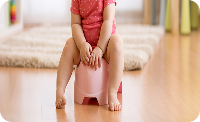
In a baby or child of any age
Large, hard, and dry stools that are painful to pass; blood on or in your child’s stools; you child strains for more than 10 minutes without passing any stool at all.
What Can You Do About Constipation?
If you think your baby is constipated, see their healthcare provider for advice. Don’t give your baby any medication, including a laxative, unless it’s specifically prescribed by their provider.
Call their provider immediately if your little one doesn’t get better or has other symptoms like:
vomiting
fever
lethargy
loss of appetite
blood in the stool
How to Tell if Your Baby Has Pooped
Your baby’s poop may not always smell much, especially in the first few weeks, so how can you tell when a diaper change is needed?
One tell-tale sign is straining: Passing a stool is hard work for small babies. You might notice your little one getting red in the face with the effort of pushing out that poop.
You’ll soon get to know your baby’s facial expression when they’re having a bowel movement, or—when they’re old enough to stand and walk—the squatting pose that they adopt when they need to go.
Discover our featured products
Use our handy Diaper Size and Weight Chart to make sure your baby's diapers always fit properly
The Bottom Line
Remember that a diaper rash is not caused by the diaper itself but is often linked to four main factors: overhydration, friction, imbalanced skin pH, and prolonged contact with stool. With help from your child’s healthcare provider, you can receive an expert diagnosis and treatment for managing symptoms.
Consider trying our Pampers® Swaddlers and Pampers® Sensitive™ Wipes together as a diapering regimen. These two powerhouse products are scientifically demonstrated to work together to balance pH levels, improving overall skin health and providing the ultimate comfort for your baby.
Download our Pampers Rewards App to save on your Pampers Diapers and Wipes purchases.
FAQs at a Glance
How long can babies go without pooping?
After the first six weeks, breastfed babies can sometimes go for several days between bowel movements. Formula-fed babies may sometimes poop every other day.
What does diarrhea look like in babies?
Diarrhea is a watery (not just mushy) stool that occurs more frequently than regular poop. It may also contain large amounts of mucus.
What helps a constipated newborn?
If your newborn is constipated, talk to your baby’s healthcare provider, who will recommend what's best for your little one.
Is mucus in baby poop bad?
Small amounts of mucus in baby poop are typically normal, especially during the first few bowel movements and as your child grows and starts eating varied foods. If you notice a lot of mucus or other symptoms of an infection (like fever, vomiting, diarrhea, etc.), contact your baby’s healthcare provider.
AAP
Healthy Children: Baby’s First Day – Bowel Movements
Healthy Children: The Many Colors of Poop
Healthy Children. Baby's First Days: Bowel Movements & Urination
Healthy Children: Starting Solid Foods
Healthy Children: Diarrhea in Babies
Healthy Children: Infant Constipation
Healthy Children: Pooping By the Numbers
Mayo Clinic: Baby poop
Mayo Clinic: Infant constipation
LLLI: Baby’s poop
LLLI: Constipation
